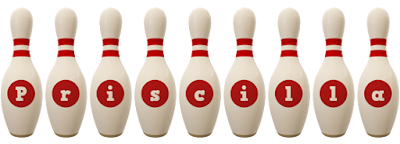Bowling Injuries
Bowling is an activity enjoyed by men and women, adults and children alike. Whether pursuing the game professionally, or just enjoying some fun with the family, bowling can create opportunities for injuries to occur. The movements necessary for bowling put repetitive stress on the structures of the upper extremity particularly the wrist, elbow and shoulder joints.
Performing the same activities over an over again can cause wear and tear on the structures of the body most active when participating in bowling. In addition to the upper extremity, the areas of the body most prone to bowling-related injuries include the back, knee and hip.
A medical professional specifically trained in the treatment of sports-related injuries, like a sports physical therapist, should be consulted to properly diagnose a bowling injury and determine the best course of treatment.
Causes
- Bowling too many times within a week time period.
- Bowling too rapidly during a game, and not allowing for rest between turns.
- Not having the necessary strength or flexibility to bowl, but participating anyway
- A bowling ball that is improperly fitted for the bowler’s hand
- A bowling ball that is too heavy for the bowler
- Falls, which can be associated with technique, equipment, distractions, etc.
Risk Factors
There are intrinsic and extrinsic risk factors for injury. Intrinsic factors are a person’s individual musculoskeletal issues, which can include skeletal immaturity (bones and joints that are still developing) or muscle weakness. Extrinsic factors are the environment in which an athlete performs, which can include the level of competition: how much, how hard and how long play lasts.
Other common risk factors for bowling injuries include:
- Overuse from bowling too often and/or too quickly
- Poor warm-up
- Poor fitting bowling ball
- Poor conditioning
- Poor technique
Prevention and Performance
The best way to avoid bowling injuries is to work to strengthen the muscles and other structures most active in playing the sport. It is also important to make sure that the bowling ball is appropriately fitted and the right size for the bowler.
Other ways to avoid injury include:
- Strengthening of the muscles of the shoulder, elbow, wrist, and hand will help decrease the risk of upper extremity injuries.
- Proper grip size on the ball.
- Appropriately size the hole in the ball to properly accommodate the thumb.
- Proper bowling technique
- Core, lower extremity, and balance training, especially for young women at an increased risk of lower extremity injury.
- Proper footwear to decrease the number of knee, ankle and foot injuries
- Warm-up designed by a sports health professional.
Facts
- Did you know that a proper grip is crucial for decreasing the risk of injury when bowling? When the grip is not right, the bowler will try to compensate by adjusting the bowling motion, which can result in injury and poor performance.
- Did you know that a sign of a serious shoulder injury is inability to sleep due to shoulder pain? If a person is unable to sleep due to chronic shoulder pain a sports health care professional should be consulted.
- Did you know one of the main factors for successful bowling is hand and eye coordination? Other factors include balance, lower extremity strength, flexibility, overall strength, aerobic fitness, and low body fat.
- Did you know that wearing an elbow brace while bowling may increase the risk of injury? An elbow brace may alter the technique of the bowler, putting the bowler at increased risk of injury to many regions of the body
source : twinboro.com
Castlebar Mayo Ireland
Priscilla Fair
0871323486


No comments:
Post a Comment